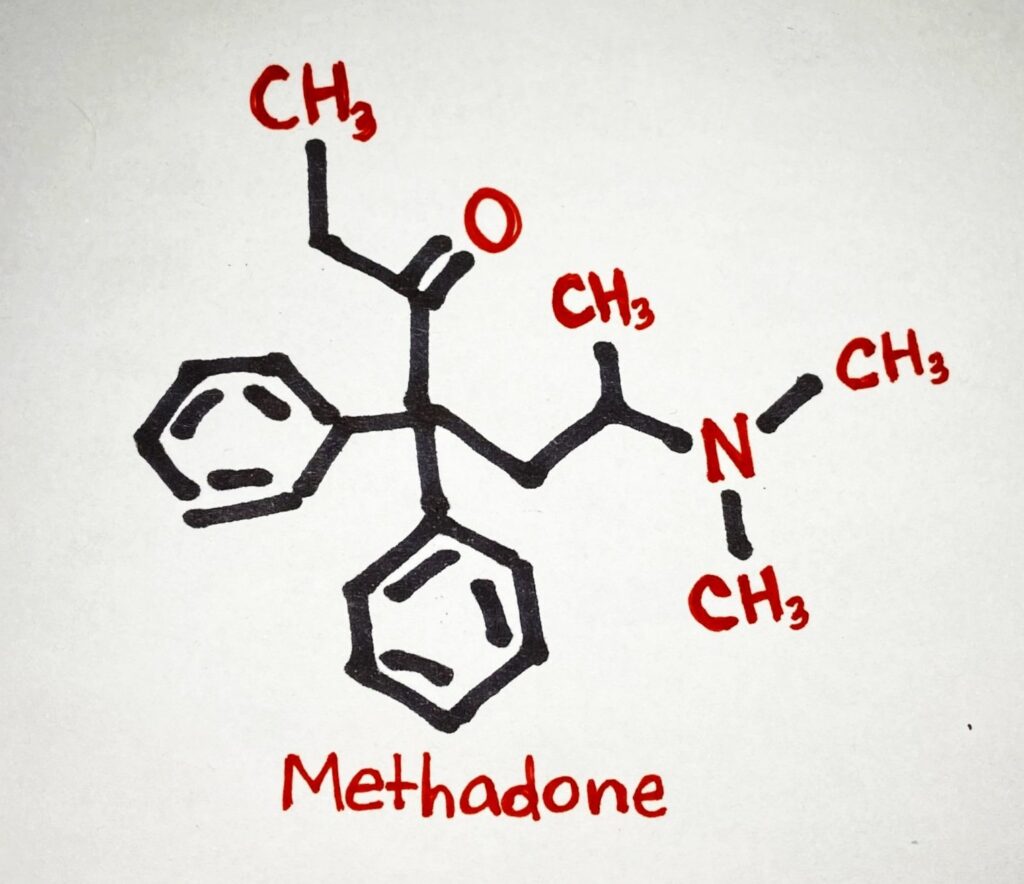A Legislative Guide to Safely Reducing Out-of-Home Placements for Youth
Author
Key Points
Press Release
Lawmakers Should Pursue Alternatives to Out-of-Home Placements for Youth
Introduction
The incarceration rate for youth is steadily declining, and so is youth crime. Over the past decade, the number of minors committing violent crimes and property offenses has dropped by over 50 percent. In 2019, the number of youth arrests throughout the country was at an all-time low. Combined, these statistics show us that it is safe for communities to keep youth in their homes and to effectively address youth behavior through community-based programs.
While these figures show significant progress, the confinement of youth in costly, out-of-home placements is still far too common. On any given day, approximately 43,580 children are confined in detention centers and secure residential treatment programs across the United States. At an average annual price tag of $148,767 per child, the cost of this intervention to U.S. taxpayers is more than $6 billion per year.
While juvenile justice stakeholders around the country uniformly express an intent to use out-of-home placements as a last resort, the data shows that the vast majority of children in out-of-home placements are there for relatively minor offenses. According to the most recent numbers, 72 percent of young people in out-of-home placements have a non-violent offense as their highest charge. Research demonstrates that in most of these cases, a costly out-of-home placement is not useful, and leads to more recidivism than community-based alternatives.
The term “out-of-home placement” is used in this piece to refer to a situation in which a child is ordered to complete some type of residential programming outside of his or her home. Out-of-home placements can be publicly or privately run and broadly include juvenile detention centers, residential treatment facilities, long term secure facilities and other settings like diagnostic centers or boot camps. While these interventions vary widely in shape, size and programming, most are large—housing between 20 and 200 kids—and most are locked, meaning that those housed there are not free to leave.
This paper argues that for states to reduce their reliance on out-of-home placements, policymakers need to take more direct legislative action to limit the use of these costly interventions. To accomplish this goal, this study recommends three actionable solutions that will cost states less money, keep kids with families and make communities stronger and safer for everyone.










